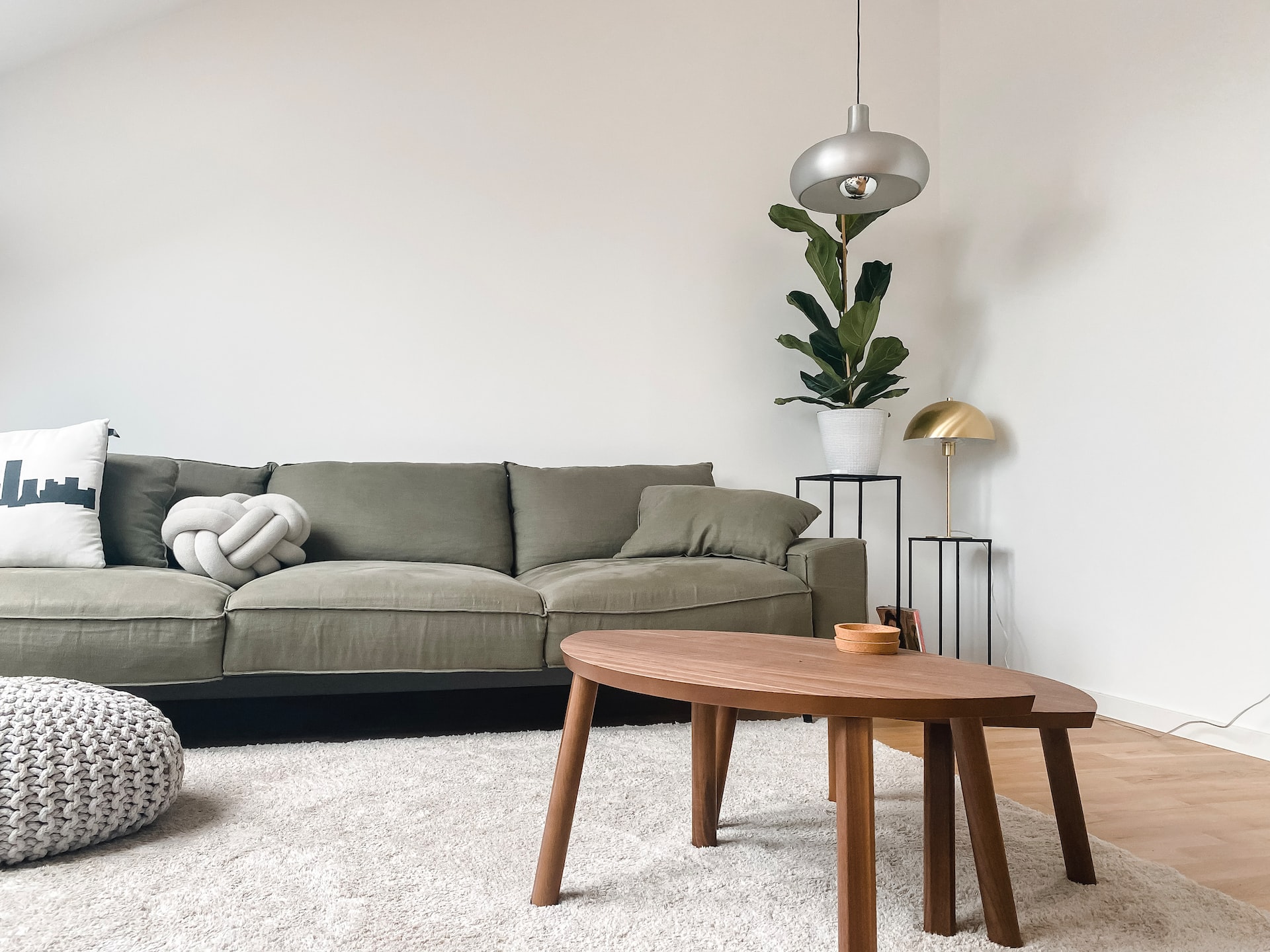Your home equity grows with each monthly mortgage payment. Each payment gets you closer to owning your home debt-free. Some people take out a home equity line of credit along the journey to fund an expensive item. Some people use HELOCs for an upcoming vacation or another personal expense, but some investors see HELOCs as financing for their next rental property. We will share the details with anyone who wants to use a HELOC to buy a house.
Home Equity Lines of Credit (HELOCs): The Basics
A home equity line of credit allows you to tap into the equity you’ve built on your home. Home equity is the difference between a home’s market value and the remaining mortgage debt. Monthly mortgage payments and property appreciation will increase your home’s equity.
A home equity line of credit is a second mortgage, which means more debt and higher monthly costs. The home equity loan gives you upfront capital that you repay over monthly installments. Interest rates vary, but since the home equity loan uses your house as collateral, you can usually get attractive interest rates with HELOCs.
Using a HELOC to Buy Another House
You can use a HELOC to cover any expense, including another house. Buying a home is a significant decision, but it gains importance if you want to buy another house. Each house increases your total debt and monthly mortgage payments. You have to consider how much debt you can manage and look at a property based on its profit potential. If rental income exceeds expenses, the property will pay for itself.
Lenders use several factors to determine if you can take out a mortgage. They have more stringent credit score requirements if you own multiple homes. You can get a mortgage on your first home with a 620 credit score. If you want to acquire a 5th property, you will need a 720 credit score or higher.
Banks will also review your debt-to-income ratio before letting you purchase another property. Financial institutions would like a debt-to-income ratio below 36% on the backend. Your current financial obligations and the new mortgage must not exceed 36% of your monthly income. For example, if you make $5,000 per month, lenders will only let you buy a second home if all of your debts fall below $1,800 per month (including the mortgage for the new house).
Some borrowers have to raise their income or pay down more debt before purchasing another home. The debt-to-income ratio becomes less of a concern for rental property owners with several tenants in cash-flow-positive assets. Each of these properties would help their debt-to-income percentage instead of being a hindrance. You can also use a home refinance loan to make your debt-to-income ratio more attractive to a lender. A primary residence gives you a place to live but will not help your debt-to-income ratio. You can also take out a 30-year mortgage instead of a 15-year mortgage to lower your monthly payments (and reduce your debt-to-income ratio in the process).
Should You Use a HELOC to Buy Another House?
A HELOC can help you own another home sooner. You don’t have to spend years saving a percentage of every paycheck to afford the down payment. However, this advantage comes with several risks you should consider before tapping into your home equity.
Using a HELOC works well if you quickly find a tenant who covers your expenses. However, real estate investing isn’t always that simple. It can take several months for you to fill a vacancy. During each of those months, you will have to make the mortgage payments on your own. Paying for two homes without rental income can strain most people’s financial resources. Any property is a long-term investment, and if vacancies become a recurring theme, financial struggles can force you to default.
You can become wealthier by investing in rental properties and retire sooner. However, financial setbacks from low returns and higher costs can make your financial goals feel out of reach. Some people risk a good retirement for the chance at a great retirement. Investors get greedy during bullish markets and may not prepare for any potential downside. Over-leveraged investors can lose their fortunes if they do not prepare for bearish economic cycles.
Advantages of Using a HELOC to Buy a House
Knowing the opportunities and risks of a HELOC can help with making a better decision. However, the advantages and disadvantages can give you a better perspective. These are some of the benefits to consider.
Access to Large Funds
You can access more capital if you use a HELOC. The extra funds can help you make a higher down payment or purchase a larger property.
Lower Interest Rates
HELOCs typically have lower interest rates since they are secured assets. These financial products are less risky for lenders to give out.
Potential Tax Advantages
You can use interest as a tax deduction if you use the capital to buy an investment property or make home improvements. Writing off the extra expense can result in a lower tax bill.
Disadvantages of Using a HELOC to Buy a House
HELOCs have several drawbacks to consider before you use them to acquire another house.
Risk of Foreclosure
Falling behind on HELOC payments can result in a foreclosure. You can stick with paying off your mortgage each month and carving a path to get out of debt sooner.
Variable Interest Rates
HELOCs have variable rates that fluctuate over time. If the Federal Reserve raises interest rates, you will end up paying more interest on your line of credit. It’s out of your control and adds some unpredictability to your expenses.
Strains on Personal Finances
You still have to make monthly mortgage payments, but you will also have to contend with the HELOC balance. If you use these funds for a down payment on a home, you will have two mortgages and more property taxes on top of the HELOC.
Tips on Using a HELOC to Buy a House
A HELOC offers a fast path to buying another home. Following these tips can lead to a seamless experience.
Monitor Your Credit Score
Lenders will look at your credit score before approving your request for a HELOC. Lenders may not approve your application if your credit score is too low. However, a high credit score can help you get a lower interest rate and reduce the long-term costs of this financial product.
Make Financial Projections
Calculate how your monthly expenses will change if you use a HELOC to buy another house. You will have a new mortgage payment, additional property taxes, and the HELOC. Making projections can remove some of the uncertainty and help you craft a financial plan.
Get Professional Advice
A financial advisor or another professional in the industry may offer valuable insights or a good perspective that can help you feel more confident with your decision. You can discover your choices and embark on the right path for your objectives.
Ways to Use a HELOC to Buy A House
Homeowners can build their rental property portfolios with HELOCs. You can use these approaches to buy a house with your home equity loan.
For the Entire Purchase
Some homeowners have enough equity in their homes to pay off another home fully. Your primary residence must have more equity than the asking price for your next home. While you will owe debt on your current home, you get the new home debt-free. Some people use this strategy to acquire a new home right before selling their current home.
This strategy makes owning multiple homes feel more doable. Instead of paying two mortgages, you pay one home equity loan. Not everyone has enough built-in equity to explore this option. Some investors take out home equity loans on multiple properties to pay off the new asset fully.
For the Down Payment
Most real estate investors only use the HELOC for a down payment. Only using HELOC proceeds for the down payment makes it more manageable. You won’t have to borrow as much capital against your home. Some investors use HELOCs to fund multiple down payments instead of buying homes outright. This approach involves substantial risks and high leverage, but it’s sustainable if rental income exceeds expenses. This strategy can lead to substantial long-term wealth if implemented correctly. This strategy requires skill and good timing to get the best results.
For Home Improvements and Renovations
You don’t have to acquire a newly built home with your HELOC funds. Some people use a home equity loan to improve and renovate an existing home. These renovations increase the home’s value and your equity in the asset. Some home improvements and renovations become necessary because of emergencies. For example, homeowners scramble to fix a property after a flood or other incident to minimize long-term damage.







